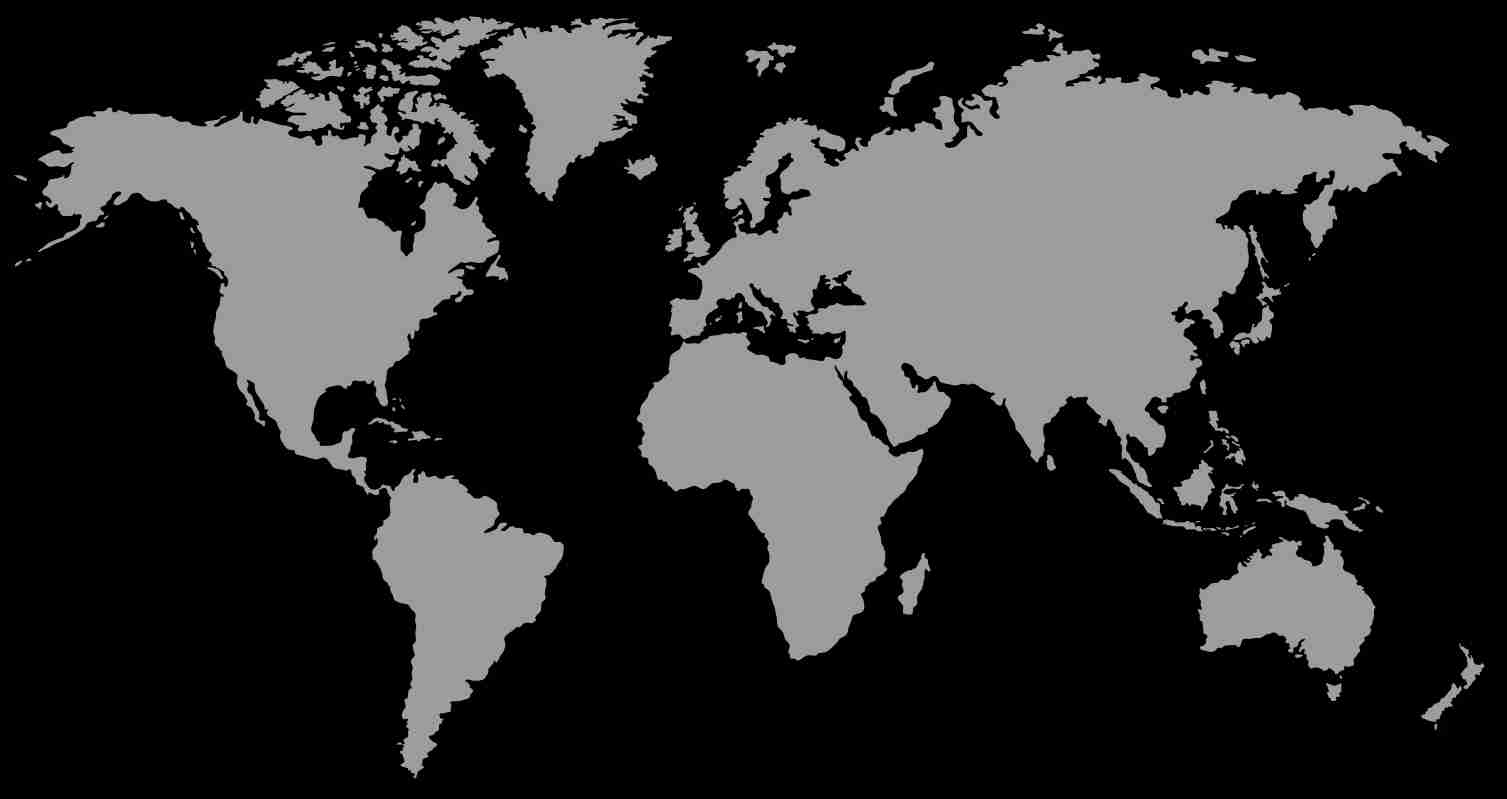
Sri Lanka money matters
Currency, bank cards & local costsThe official currency of Sri Lanka is the Sri Lankan Rupee (LKR or just Rs). Notes come in denominations of 5000, 2000, 1000, 500, 200, 100, 50, 20 and 10, and coins in 1, 2, 5, and 10. For reference, £1 is equivalent to around 400Rs.
You will be able to pay for some things using a debit or credit card (e.g. in hotels or mainstream shops) but make sure you check with your bank in case of overseas fees. If needed, we recommend signing up for a prepaid card like Monzo, Revolut, Starling or Wise which offer low or zero fees abroad.
However, you will definitely need cash for most of your day-to-day spending. We recommend getting a decent chunk of cash early on and carrying it in a money belt along with cards and passports. Most hotels can store valuables in a safe if you feel uncomfortable carrying or leaving things in your room.
The Sri Lankan Rupee is a ‘closed’ currency and is virtually impossible to exchange before you get there, but it’s easy enough to exchange GBP, USD or EUR at the airport or in banks. Many hotels will also exchange currency but the rate is unlikely to be that good. You can also use ATMs, although fees will likely apply and we strongly recommend only using ATMs located inside of banks for safety – outside ones are sometimes targeted by fraudsters.
Local costs
If you’ve booked your Sri Lanka holiday with Rickshaw then your accommodation, transport and pre-booked tours will have been paid for in advance. Breakfast will be included almost everywhere you stay, as well as your other meals too in the more remote locations.
However, you’ll still need to be prepared for everyday spending. Every family is different and costs can vary depending where you are in the country – prices in the most popular tourist spots can be noticeably higher. Even so, daily costs for things like food and drink will seem very affordable in comparison to what you’d be used to back home.
Daily spending is difficult to predict but to give you some idea, here’s what to expect for some of your most common expenditures.
Typical Sri Lankan meal (e.g. curry & rice) in a local restaurant: £2-3
Grilled fish or seafood meal: £5-10
1 litre bottle of water: 50p
Bottle of local beer: £1.50-2.50
City tuk-tuk ride: 50p-£1.50
Local sim-card with 10GB data: £2-3

Ways to keep the costs down
- Use the markets – You’ll find shops and small supermarkets in most Sri Lankan towns so it helps to stock up on kids snacks, drinks, and other essentials when you arrive somewhere. Fresh fruit in the local food markets is also incredibly affordable. If you get caught short in a popular tourist area or are constantly buying food in your hotel, you should expect to pay more than you could have elsewhere.
- Buy water in bulk – You’ll often find that a 6 litre bottle costs only a fraction more than a 1 litre one, so buy big and make sure you pack your refillable water bottles. Better for your wallet and the environment!
- Keep it local – You might want to treat the family to a few extra special meals out during your holiday, but eating at more simple local restaurants will save you a lot of money. And this is Sri Lanka after all, so even the most humble restaurants will be serving meals that are absolutely delicious.
Tipping and haggling
Tipping is very much part of the tourism culture in Sri Lanka and many people in the service industries rely on tips to maintain a decent income. It’s a good idea to keep some smaller notes handy in case you receive some nice service from hotel staff, bar staff etc.. Something like Rs100 or Rs200 (50p) is more than enough in most cases. For eating out, around 10-15% of the bill is sufficient, and you can follow a similar rule for tuk tuk rides or just tell them to keep the change.
When you’re travelling Sri Lanka with Rickshaw Travel, we’ll have booked your driver and day tours in advance. Our drivers and guides are fairly paid but always appreciate a tip if you feel they’ve given excellent service. It’s entirely up to you of course and there is no obligation to tip. If you do choose to tip, then a guideline would be around £10-15 per day for a driver and around the same for your guide on a half-day tour.
Although some shops and almost all restaurants operate with fixed prices, haggling is part of Sri Lankan culture and negotiation is common in markets, with taxi drivers and many other transactions. Things are generally quite inexpensive so you may not feel the need, but if you do feel the price is too high then haggle away! Our advice is to smile and keep things friendly for the best results, and don’t get too hung up on a few rupees here and there.

